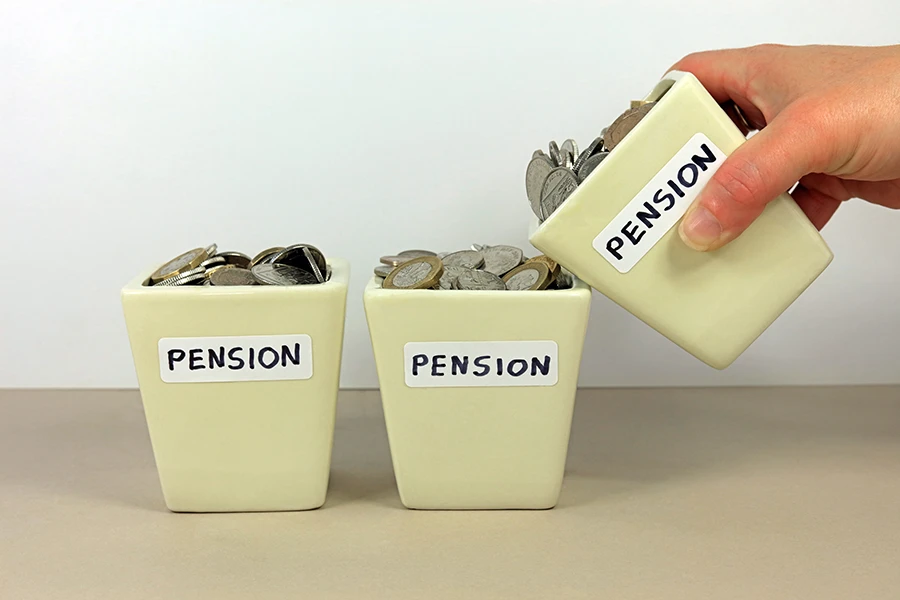Traditionally, people might have assessed their financial health by simply checking the balance on their bank account or totalling their amassed level of wealth. In recent years, however, a different measure has emerged which seeks to balance financial stability with emotional wellbeing.
Financial empowerment
This new concept places greater emphasis on goals and developing a financial plan to achieve life’s aspirations; in other words, it’s about people gaining control over their finances rather than their finances controlling them. Achieving genuine financial empowerment does not therefore focus simply on someone’s level of wealth, but on handling that money so it has a truly positive impact on their wellbeing.
A state of mind
In many ways, financial empowerment is about understanding the emotional relationship with money by focusing on an individual’s mindset as well as their finances. Taking time to strategise, by aligning spending and savings commitments with long-term goals while being prepared for life’s unexpected financial challenges, can provide a logical, ordered approach that brings satisfaction and pride to our financial lives. In effect, it creates control that affords a sense of financial freedom and thereby puts us on track to a fulfilling, well-lived life and retirement.
Empowerment versus income
Analysis*, which compares people’s emotional experiences with their level of empowerment and earnings, offers further valuable insight. It found that financially empowered people had mostly positive experiences, even those in lower income brackets, while those who felt disempowered were generally less happy with their finances than their peers. This suggests that a sense of personal power rather than someone’s income level is the key to achieving emotional wellbeing in their financial lives.
It’s all in the planning
Financial empowerment effectively derives from equipping ourselves with the right tools. With the clear, transparent advice and professional support our firm provides, we can construct a well thought-out, long-term but flexible plan that will allow you to live the life you want and thereby achieve true financial empowerment.
*Morningstar, 2023


